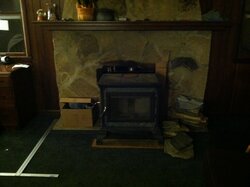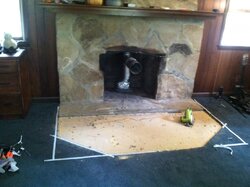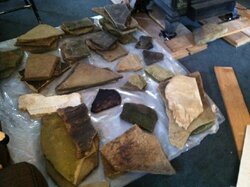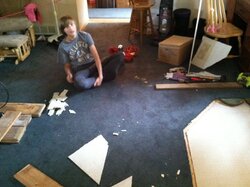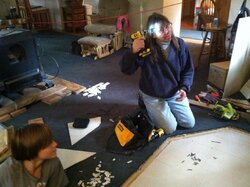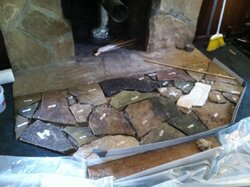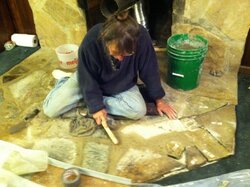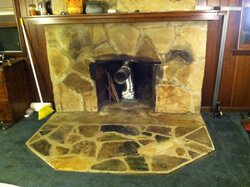Looking for some advice.
We just laid a new hearth of natural stone for our new-to-us Hearthstone Heritage stove (2003 model).
We used Rapid Set brand mortar mix to set the stones. We finished the last grouting Sunday night.
The package info indicates that this stuff is ready for the weight almost right away, although we have not had the chance to move the stove into position yet.
My question is, how long do you think we need to wait before lighting it up? Should 5 days be enough to allow moisture to come out to avoid making popcorn out of our work?
The stove has a few inches of clearance above the floor and the room has good circulation (including a lot of unintended exchange with the outside that will be addressed when we can get new windows in). I am trying to google up some answers but I am sure someone here has some experience they can relate.
Thank you all for being awesome!
We just laid a new hearth of natural stone for our new-to-us Hearthstone Heritage stove (2003 model).
We used Rapid Set brand mortar mix to set the stones. We finished the last grouting Sunday night.
The package info indicates that this stuff is ready for the weight almost right away, although we have not had the chance to move the stove into position yet.
My question is, how long do you think we need to wait before lighting it up? Should 5 days be enough to allow moisture to come out to avoid making popcorn out of our work?
The stove has a few inches of clearance above the floor and the room has good circulation (including a lot of unintended exchange with the outside that will be addressed when we can get new windows in). I am trying to google up some answers but I am sure someone here has some experience they can relate.
Thank you all for being awesome!



